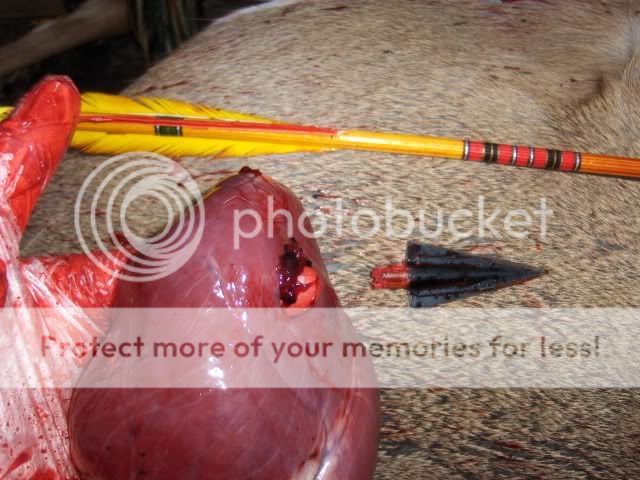I was going to ask this in the .40 vs .45 topic, but decided to start a new one.
I am fairly new to hunting, but I read everything I can get my hands on. I have read that smaller, faster centerfire cartridges, like the .270 or .25-06, will do more meat damage to deer, antelope, etc, than will bigger and slower cartridges, like the .45/.70 or the like.
Can anybody comment on how this phenomena might apply to mz calibers? I've read here about guys using all different calibers on deer size game, but I don't recall any discussion of damage.
Dead is dead, but if one caliber destroys meat...
I am fairly new to hunting, but I read everything I can get my hands on. I have read that smaller, faster centerfire cartridges, like the .270 or .25-06, will do more meat damage to deer, antelope, etc, than will bigger and slower cartridges, like the .45/.70 or the like.
Can anybody comment on how this phenomena might apply to mz calibers? I've read here about guys using all different calibers on deer size game, but I don't recall any discussion of damage.
Dead is dead, but if one caliber destroys meat...





